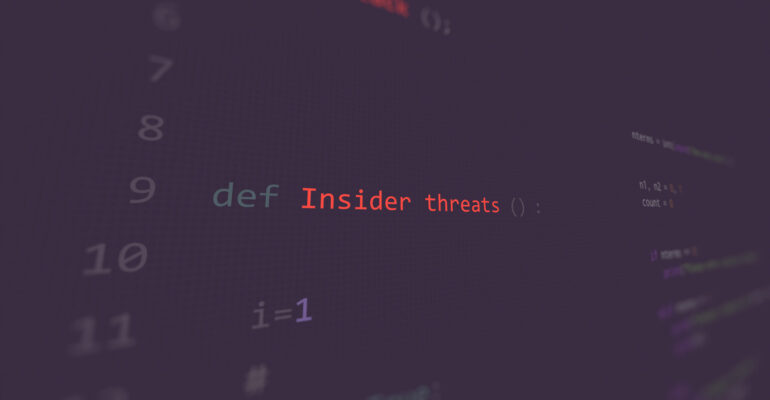Protecting Your Credit Union from Insider Threats

Protecting Your Credit Union from Insider Threats
Insider threats—security breaches from within an organization—are among today’s most damaging cybersecurity risks. Unlike external attacks, these often go undetected until major harm is done, including data theft, financial loss, reputational damage, and operational disruption.
What Are Insider Threats?
Insider threats involve employees, contractors, or trusted third parties who intentionally or accidentally compromise security. With privileged access to sensitive member and financial data, insiders can bypass standard protections, making these threats especially dangerous for credit unions.
Real-World Examples:
- Edward Snowden leaked classified NSA data in 2013, prompting major shifts in cybersecurity policy and information control.
- Anthony Levandowski, a former Google engineer, transferred proprietary tech data to Uber, resulting in a major lawsuit and settlement. These examples show how trusted insiders can misuse their access.
How to Prevent Insider Attacks
- Establish an Insider Threat Program
Develop a formal strategy to detect, prevent, and respond to insider risks. Include security policies, role-based access controls (RBAC), employee training, monitoring, and response plans specific to member data and financial systems. - Enforce Strong Security Policies
Define acceptable behavior, data handling rules, and access protocols. Ensure staff understand confidentiality obligations, security clearances, and the consequences of violations—especially in relation to member trust. - Limit Access with RBAC
Allow access only to the information necessary for specific roles. Limiting exposure helps prevent internal misuse of sensitive member or financial data. - Ongoing Employee Training
Train staff regularly on cybersecurity, data privacy, and recognizing suspicious behavior. Include simulated phishing campaigns and real-world scenarios to keep awareness high. - Monitor User Behavior
Use Security Information and Event Management (SIEM) tools and User Behavior Analytics (UBA) to detect anomalies—such as large data downloads or off-hours access—that may indicate insider risk. - Promote a Security-First Culture
Encourage anonymous reporting of suspicious activity and emphasize a “need-to-know” approach to data access. Creating a culture of accountability helps safeguard member trust and institutional integrity. - Prepare a Response Plan
Even with strong defenses, insider threats can happen. A robust incident response plan ensures fast action, clear communication, and containment. Regularly simulate insider scenarios to test readiness and response.
Final Thoughts
For credit unions, insider threats—whether driven by negligence, malice, or financial incentive—can have lasting impacts. Protecting member data and institutional trust requires a proactive security approach: clear policies, well-trained staff, access controls, and real-time monitoring.
